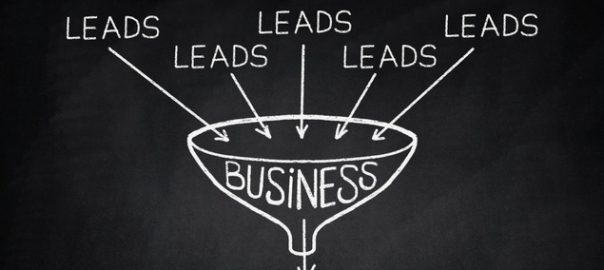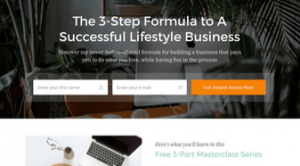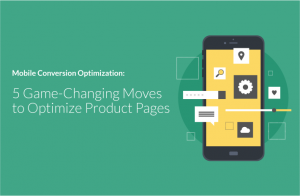
It’s a challenge that many brands struggle with every day. You finally attract a consumer to submit a web form and they are deposited into your lead funnel. Yahoo! However, you now have the challenge of keeping that consumer in your funnel and nurturing her through it until you ultimately convert her into a paying customer.
But, a consumer’s shopping journey doesn’t always end with her clicking the “send me a quote” button. In fact, many high-intent consumers continue to research their options even when already engaged with a brand as they progress through the decision-making process.
Once she has submitted a lead form and is in your lead funnel, do you continue to monitor that consumer’s shopping activities? Just because she is in your funnel, it doesn’t mean her journey ended at the point of lead submission.
How Behavioral Data Can Help
If you are engaged in lifecycle marketing, you are using behavioral data to inform you about how active your consumers are in their buying journeys so you can market to them appropriately.
What you may not be doing is leveraging behavioral data to identify which of the consumers already in your conversion funnel are still investigating and evaluating and displaying continued shopping behavior. When you have that information, you can deploy strategic actions to ensure they don’t drop off into a competitor’s funnel.
When you have consumer journey insights not only at the time of lead submission, but also for the months following lead submission, you can use these insights to ensure you are putting the most relevant message in front of each consumer at the appropriate time in their journeys.
There are three types of shopping activities you should watch for when monitoring the behavior of consumers in your funnel:
1. Identify consumers that are still actively shopping.
Active shoppers are active buyers. In fact, Jornaya data shows that consumers that are seen visiting industry sites in the week after submitting a lead have been shown to have an 80% higher conversion rates.
What if you were able to get even more conversions out of this high-intent group by prioritizing these leads with your best salespeople and getting the right message in front of these consumers at the optimal time?
By leveraging data sources on a regular basis to get updated views of consumers in your funnel, after the initial query, you can adjust your contact strategy and lead prioritization. This way, you can ensure your brand is in front of these high-intent consumers at the right time to increase conversions.
2. Identify consumers that are actively researching your brand’s offerings.
Jornaya data reveals that consumers who are observed visiting a brand’s web properties in the week after submitting a lead to that brand convert up to 300 percent higher than average. When working leads through your conversion funnel, do you know which consumers are demonstrating an affinity for your brand?
There are vendors that can provide you with an updated view of consumer behavior at points in time after the initial query, including whether that consumer has been seen interacting with your brand’s web pages. You can then leverage these insights to adjust your contact strategy and lead prioritization so that conversions are maximized.
3. Identify any consumers in your funnel who may still be actively researching competitive offerings and are at risk of converting elsewhere.
On the flip side of number two, consumers that are in discussions with your brand but are seen continuing to research competitive options are high-intent consumers that may be at risk of converting with a competitor.
With access to behavioral data, you can identify this activity and target those leads for special attention from your sales team or discount offers.
By leveraging behavioral data, you can continue to regularly monitor your consumer’s behavior at points in time after the initial query, and adjust your messaging strategy and competitive positioning when you see consumers engaging with competitors to increase conversions.
4. Another Use for Behavioral Data: Inactive Leads
A big challenge that most organizations face is prospective customers that accumulate in the section of your CRM where leads go to die: the Inactive Leads section. This is usually an overwhelming number of leads to manage when you have no indication of where they are or are not in their shopping journey. If you are like most companies, you are wasting a lot of time and resources on consumers who may never convert into customers for your brand.
But, how do you know which leads to try to re-engage, when? How can you determine if they are all even worth your resuscitation efforts?
With technologies available that can provide you with an updated view of consumer behavior at points in time after initial lead submission, even if a consumer pauses their shopping journey, you can identify when she becomes reengaged.
When you have access to these insights, you can use them to time your outreach to consumers who haven’t responded before, increasing the likelihood that those consumers will now engage with you. When you reach out to a consumer at a time you know they are actively shopping, your chances of engagement are vastly increased.
For more information on the power of consumer journey data, read the Jornaya 2016 Consumer Journey Analysis: Dissecting the Path to Conversion.
Business & Finance Articles on Business 2 Community(71)
Report Post





